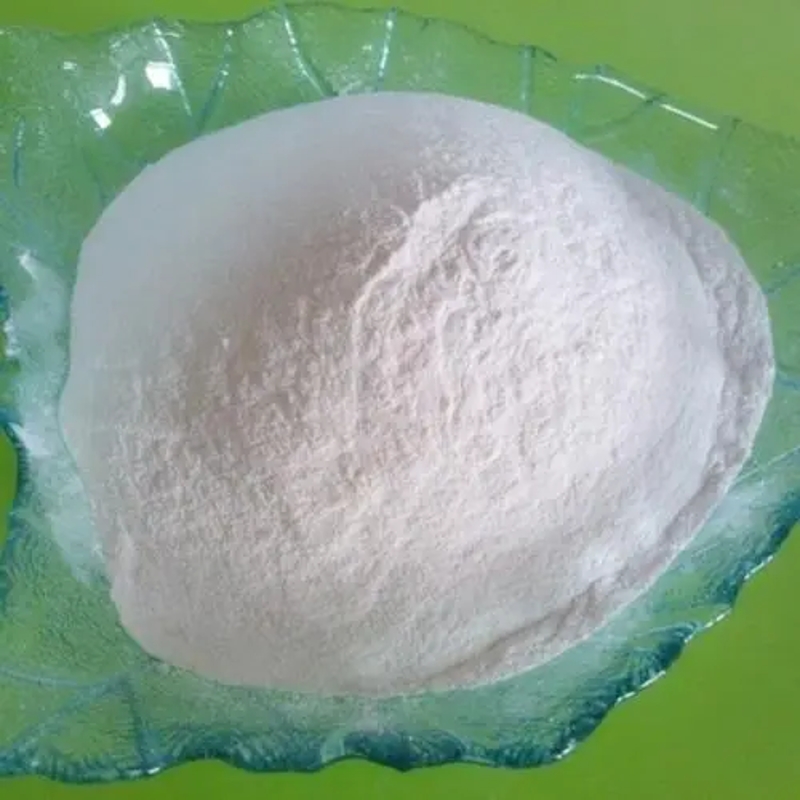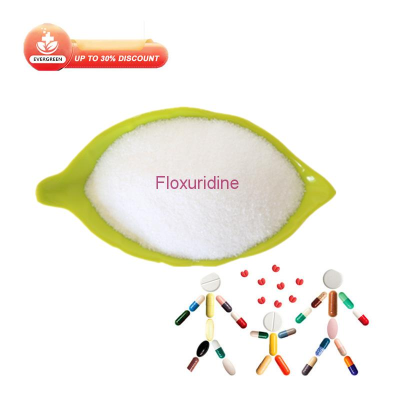-
Categories
-
Pharmaceutical Intermediates
-
Active Pharmaceutical Ingredients
-
Food Additives
- Industrial Coatings
- Agrochemicals
- Dyes and Pigments
- Surfactant
- Flavors and Fragrances
- Chemical Reagents
- Catalyst and Auxiliary
- Natural Products
- Inorganic Chemistry
-
Organic Chemistry
-
Biochemical Engineering
- Analytical Chemistry
- Cosmetic Ingredient
-
Pharmaceutical Intermediates
Promotion
ECHEMI Mall
Wholesale
Weekly Price
Exhibition
News
-
Trade Service
The problem of drug resistance of lung cancer targeted drugs
In non-small cell lung cancer, the most common driver gene mutation is EGFR mutation.
Osimertinib is a third-generation EGFR-targeted drug, which can target the T790M resistance mutation after the use of the first- and second-generation targeted drugs, and can also be directly used for the treatment of lung cancer with EGFR-sensitive mutations.
What are the options after drug resistance? Patients can choose chemotherapy or immunotherapy combined with chemotherapy, but the adverse reactions of these treatments are more serious, and the efficacy may not be as good as targeted drugs
Why are targeted drugs resistant?
There are two main mechanisms for the emergence of resistance to EGFR-targeted drugs.
Figure 1.
How to deal with EGFR-targeted drug resistance caused by MET gene mutation and amplification? One way is to combine MET-targeted drugs with EGFR-targeted drugs
Latest data on sevolitinib
SAVANNAH (NCT03778229) is an ongoing global phase II clinical trial to explore whether the combination of MET-targeted sevolitinib and EGFR-targeted osimertinib can overcome osimertinib resistance drug problem
The patients enrolled in the trial were patients with locally advanced or metastatic non-small cell lung cancer who had previously received osimertinib treatment, but developed drug resistance, which was found to be due to the amplification or overexpression of MET in tumor cells.
.
The detection of MET in tumor tissue can be performed by two methods, immunohistochemistry (IHC) and fluorescence in situ hybridization (FISH)
.
Based on these two assays, the researchers divided the levels of MET expression and amplification into two levels: a MET-expressing group and a MET-high-expressing group
.
MET expression group (meet one of the following)
1.
Immunohistochemistry: In 50% of the cells, MET expression was assessed as 3+
2.
Fluorescence in situ hybridization: MET copy number ≥ 5 and/or MET/CEP7 signal ratio ≥ 2
MET high expression group (meet one of the following)
Immunohistochemistry: 90% of cells, MET expression was assessed as 3+2, fluorescence in situ hybridization: MET copy number ≥ 10
There were a total of 193 patients in the MET-expressing group, of which 108 (56%) had high MET expression
.
The patient received sivotinib 300 mg and osimertinib 80 mg once daily
.
RESULTS: The 193 patients had an objective response rate (ORR) of 32% and a duration of response of 8.
3 months
.
If the expression level of MET is taken into account, a clear difference can be observed: the patients in the high MET expression group had an objective response rate of 49% and the duration of response was 9.
3 months; while the patients without high MET expression had an objective response rate of only 9%, and the duration of remission was 6.
9 months
.
(figure 2)
Figure 2.
Latest clinical data on sevolitinib
revelation
The mutation and amplification of the MET gene is a common drug resistance mechanism for EGFR-targeted drugs.
At present, many targeted drugs are available, and new drugs such as sevolitinib are also being actively developed, and the results are encouraging.
.
The latest clinical data here reminds everyone that the effect of the combination of MET-targeted drugs and EGFR-targeted drugs is related to the expression level of MET.
The higher the expression or amplification level of MET, the better the effect may be
.
In addition, the detection of MET gene expression and amplification levels can be detected by immunohistochemistry and fluorescence in situ hybridization without using next-generation gene sequencing
.
If the patient develops resistance to osimertinib and the MET gene amplification is found through detection, it is advisable to try the combination of osimertinib and MET-targeted drugs
.
For more professional and scientific tumor treatment information, please download the Cancer Degree APP
.
References
1.
Johnson, M.
, Garassino, MC, Mok, T.
& Mitsudomi, T.
Treatment Strategies and Outcomes for Patients with EGFR-mutant Non-Small Cell Lung Cancer Resistant to EGFR Tyrosine Kinase Inhibitors: Focus on Novel Therapies.
Lung Cancer 0, (2022).
2.
MET Biomarker-based Preliminary Efficacy Analysis in SAVANNAH: savolitinib+osimertinib in EGFRm NSCLC Post-Osimertinib
Click below to learn more about clinical trials







